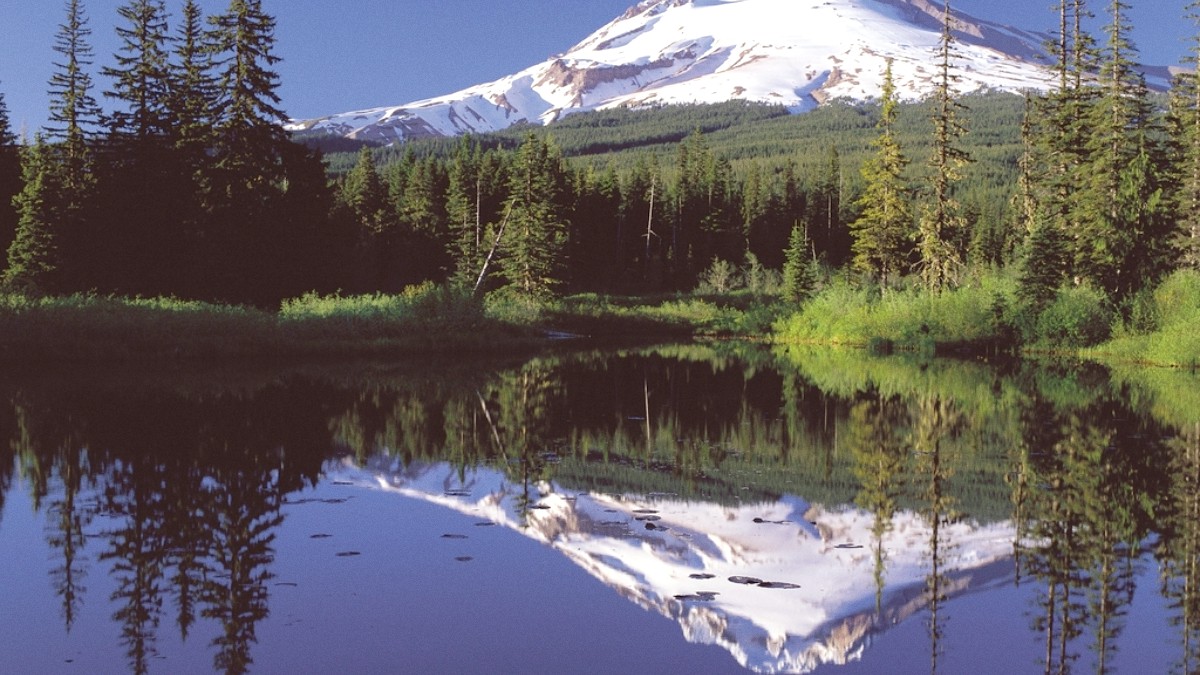
Oregon, USA
Comprehensive overview of services and routes.
SAM (Sandy Area Metro) connects Sandy, Boring, and Gresham, operating a seasonal "Mountain Line" bus (Route 88) for direct access to Timberline Lodge and Mount Hood Meadows ski resorts. This creates a convenient, car-free option for skiers and snowboarders.
Uses the Hop Fastpass card (tap-to-pay). Paper tickets or mobile ticketing via app also available. Day and multi-day passes offer cost savings.
Cash fare per ride, or you transfer from TriMet with a valid Hop Fastpass or pass. Check exact fares on the SAM website for Mountain Line.
Most public transit buses (TriMet, SAM, CAT) are wheelchair accessible, featuring ramps or lifts and designated seating areas.
Available in larger towns (Sandy, Oregon City), but not common for street hailing in smaller mountain communities. Call a local company for service.
Fares base on distance and time. Rides from Portland to Mount Hood Territory are expensive ($70-$150+).
Uber and Lyft are available around Portland and larger towns. Service is limited or nonexistent in remote mountain areas.
Use reputable services. Confirm driver's name, vehicle, and license plate match app details before entering.
Many rental options are available for getting around Mount Hood Territory.
Most towns have walkable downtowns with sidewalks, shops, and eateries. Designated hiking trails are pedestrian-only.
Self-guided historical walking tours are available in Oregon City. Some guided nature walks appear seasonally.
Dedicated bike lanes are limited. Roads within Mount Hood National Forest are shared with vehicles; cyclists should use caution. Helmets are suggested for all cyclists and needed for those under 16.
Beyond standard options, unique ways to move around the territory cater to specific interests or locations.
Roads in Mount Hood Territory vary significantly by season and elevation. Winter travel (November-April) needs vehicles equipped for snow, preferably AWD or 4x4.
Oregon DOT TripCheck provides real-time updates on road closures and chain needs.
Tire chains or other approved traction devices are legally needed to be carried in your vehicle when traveling on designated mountain passes during winter. They may be needed for use during severe weather.
Even if your vehicle is all-wheel drive, carrying chains is a good idea.
Parking is generally ample at trailheads and attractions, though popular spots fill quickly during peak times. Many need a day-use fee or a specific pass (e.g., Northwest Forest Pass, Sno-Park Permit).
Observe all posted parking rules; parking in towns is typically free or metered.
Plan your departure from Mount Hood Territory with similar care as your arrival to ensure a stress-free experience.
Avoid walking/cycling on high-speed highways like US Highway 26 outside towns; they are dangerous.
Observe private property signs and do not trespass. Stick to designated public access areas.
Drive cautiously on winding mountain roads and be aware of wildlife, especially at dawn/dusk.
The region offers diverse transportation for various adventures. From mountain chairlifts to accessible trails, options exist for many travel styles.
Plan ahead for a seamless journey.